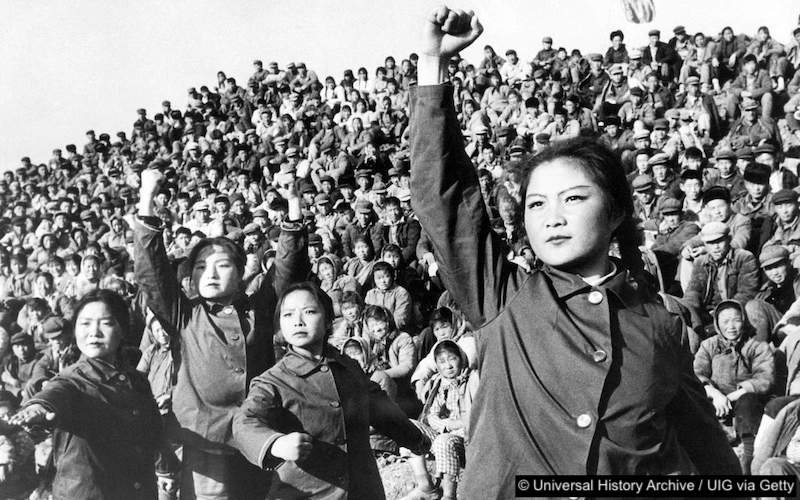Chinese Revolution
Episode #6 of the course Revolutions that changed the world by James Wareing
Today’s lesson will take us through our first Asian revolution, the Chinese Revolution. We will learn about the impact that the Revolution still has on China today, despite the death toll that brought China to that point.
What Caused the Revolution?
Following World War II, China had been embroiled in a brutal civil war between the Chinese Communist Party (CCP) and the Nationalist Party (KMT). The conflict had been sparked over 20 years earlier by the establishment of the CCP, which overthrew warlords in Northern China. The KMT responded by seeking to purge the country of the Communists driving them to the southeast of China.
Main Events
Mao Zedong, one of the founders of the CCP, and his men were surrounded. He then led them on “The Long March.” This was a 10,000 km trek done by around 85,000 soldiers across China to the northwest of the country, where the Communists established a new base. Only around a 1/10 of those who started the journey survived, but it imbued in the movement a sense of resilience that would characterize the party and inspire many to join them.
Mao emerged from this march as the leader of the party, and following the end of the Second World War, the fighting began again. The United States, fearful of the rise of Communism amidst growing tensions with the USSR, tried to broker a peace, but it was to no avail. The Soviets, meanwhile, were keen to aid the Communists. When the Japanese were defeated in Manchuria by the Soviets, Stalin held the territory before handing it over to the CCP. This provided the CCP army with a great supply of weapons that were left over from the Japanese occupation.
China was significantly affected by the civil war, with hyperinflation and corruption leading to great poverty, which only led to more people being willing to join the Communist cause. By 1949, the CCP were closing in on Beijing and forced the surrender of the city by the KMT, which was quickly followed by many more cities around China. Mao declared the foundation of the People’s Republic of China on October 10, 1949, beginning a period of Communist rule that lasts to this day. The KMT were defeated, and their leader, Chiang Kai Shek, fled to Taiwan, where he remained president until 1975.
What Happened Next?
Seventeen years after the civil war ended, Mao was losing his grip on the Communist party to those he perceived to be bourgeoise within the party, who wanted to take the country in a different economic path. Stalin had been denounced by his successor, Khrushchev, and after the failure and unprecedented deaths of the “Great Leap Forward,” Mao must have feared his reputation following a similar path. To counter this, he launched the Great Proletarian Cultural Revolution. While it may sound like a less violent revolution, its name belied its brutality. Enlisted to aid his purge of anyone seen as a threat (rightly or wrongly) to the party were the Red Guards, a force of young, indoctrinated men. It led to a period of mass murder, suicide, and ostracizing of many in the upper echelons of Chinese society. The violence was not just limited to members of society, as historical monuments and anything culturally significant that could inspire revolution against Mao were also destroyed.
The revolution ended on Mao’s death in 1976, although by that point, the population’s and the party’s enthusiasm for Mao’s reforms were waning. While the revolution had been designed to solidify Communist thought in China, it had the opposite effect.
How Is It Viewed Today?
China had been brutally affected by the Revolution and still suffers today from great poverty alongside a great growth in wealth. Deng Xiaoping became the new leader of the CCP and opened the country up to more liberal economic policies that are reflected today. While still nominally Communist, China has, to an extent, embraced capitalist economic structures, moving away from the stringent Communism of Mao. Despite the economic and social similarities of modern-day China to the post-Mao era, today’s President Xi Jinping regularly invokes the quotes and ideals of Mao. This perhaps reflects the Communist party’s fear that a social and economic opening up of China may lead to the downfall of their autocratic rule. Recalling Maoist ideals gives legitimacy to Xi’s reign and intends to unify Chinese people behind him.
Tomorrow, we shall learn about the Hungarian Revolution of 1956 and how it was indicative of the wider global conflict of ideologies.
Recommended book
A Short History of Nearly Everything by Bill Bryson
Share with friends

